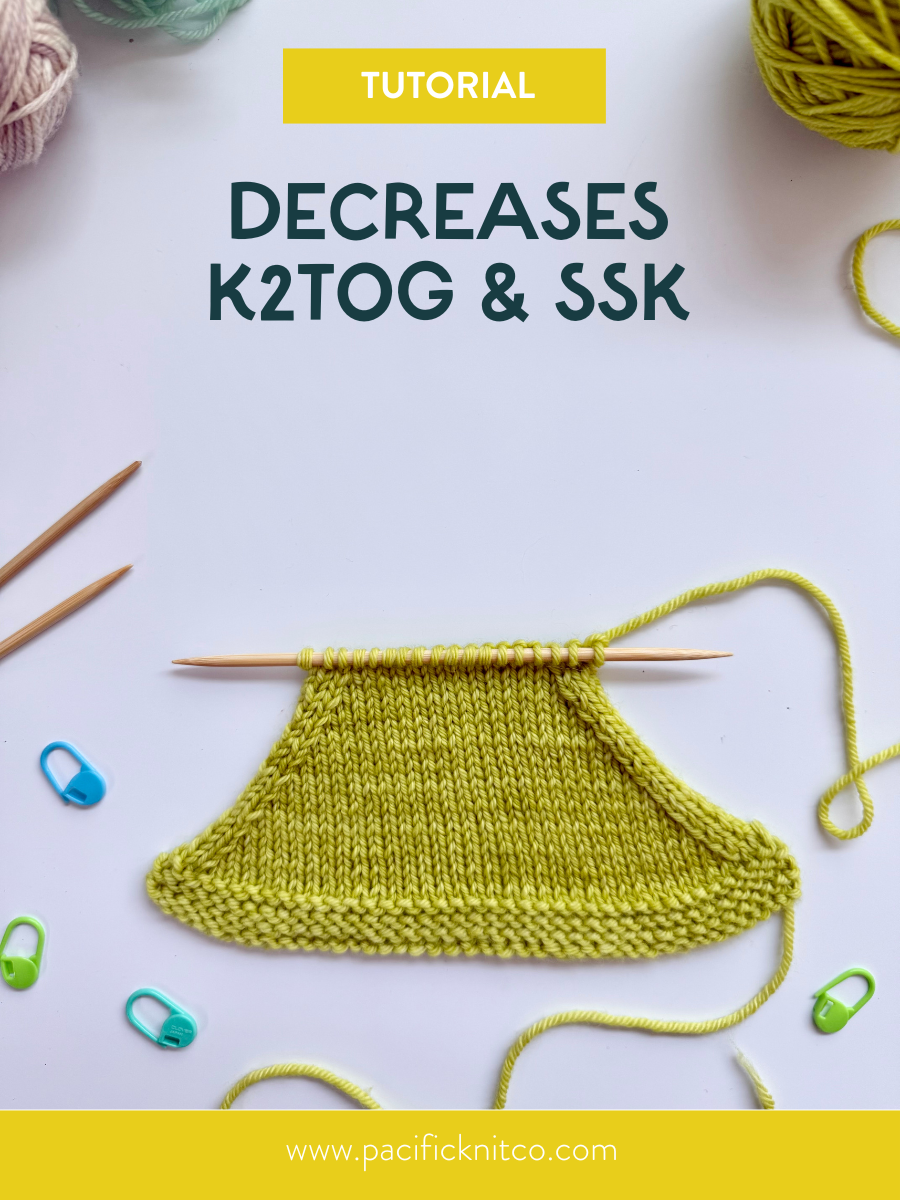Doodle Math: Weighing Yarn & Estimating Yardage

Note: The examples here all use yards, but the same formulas can be used with meters without making any other changes.
Have you ever wanted to use up all those leftover balls of yarn, but didn't want to end up playing "yarn chicken" in the middle of a colorwork chart? Doodle patterns are a perfect way to get creative with your stash yarns and leftovers - but we know that some knitters are more comfortable with just a bit more guidance.
Good news is: we did the math for you! Or, at least, we gave you formulas to use to make the math really easy.
MATERIALS
- A kitchen scale
- The ball of yarn that you want to find the yardage for
- The label that came with the yarn (or at least some of the info from the label)


STEP 1 Find your YARDS PER GRAM

The first step for Options 1 & 2 (below) is to find the 'yards per gram' based on your yarn label.
Begin by looking for the important info on the label that came with your yarn. If you've lost the original label (but still know what the yarn is) try searching online to see if this info is in any product listings anywhere.
Note: The number of yarns in a skein, listed by the manufacturer, is always an approximation, so take that into account when using these formulas.
The label should tell you the total yardage and total weight of the full skein of yarn. To find your 'yards per gram', simply divide the total yardage by the total weight:
[total yardage] ÷ [total weight in grams] = [yards per gram]
Example:
If you have a skein of yarn, and the label says there's 218 yards in 100g, the math is as follows:
[218 yards] ÷ [100 grams] = 2.18 yards per gram
STEP 2 Use one of the options below to find the numbers you need
OPTION 1 Calculating yardage left in ball of yarn
If you have a ball of leftover yarn, and you want to estimate how many yards you have left to work with, use this option.
Start by finding your "yards per gram" using Step 1 above.
Next, weigh the ball of yarn. The more accurate your scale is, the better your estimate will be. We recommend kitchen scales, because they are better at weighing small items.
Once you have your "yards per gram" and weight of the leftover yarn, simply multiply those numbers together:
[yards per gram] x [grams left in ball of yarn] = [yardage left in ball of yarn]
Example:
Using the numbers from the example above, and you've found you have 15g of yarn left:
[2.18 yards per gram] x [15 grams of yarn] = 32.7 yards left

OPTION 2 Calculating grams needed for required yardage
If you know how much yarn you need for the next part of your project, but you need to check whether your ball of yarn will be sufficient, use this option.
Start by finding your "yards per gram" using Step 1 above.
Once you have your "yards per gram", divide the required yardage (from the pattern) by this number:
[required yardage] ÷ [yards per gram] = [grams of yarn needed]
Example:
Using the numbers from the example above, if you need 150 yards of your next color:
[150 yards] ÷ [2.18 yards per gram] = 68.81 grams
i.e. your ball of yarn should weigh at least this much to be sufficient.
OPTION 3 Calculating yardage needed for a chart in a Doodle Pattern
A question we get a lot is "how much yarn do I need for this specific chart?" Depending on what pattern you're Doodling on, your tension, and other factors, the amount of yarn needed to knit one chart is going to vary.
If you want to know how much yarn you will need for a specific chart in your Doodle project, use this option.
Step 1: Weigh your Main Color and Contrast Color before knitting anything.
Step 2: Knit a swatch of the chart you want to add to your project (you don't have to block the swatch for this, and you don't have to break the yarn, as long as you are careful when weighing)
Step 3: Weigh the Main Color and Contrast Color again.
The difference in weight will tell you how many grams of yarn you used to knit your swatch.
[weight of yarn before swatching] - [weight of yarn after swatching] = [weight of yarn used in the swatch]
Then you can use that number to do some math:
Example:
If you swatched 1 repeat of a chart, and used 3g of yarn in the swatch, and you know you'll need 10 repeats of the chart around your pattern:
[3 grams] x [10 repeats] = 30g to knit that chart
And that's it! Once you get used to doing a little simple math, you'll find yourself getting more confident grabbing those random leftover balls of yarn to use in all sorts of projects. Doodle projects are a great way to stash-bust, as you can often use as little as 10g of yarn for a chart!
Happy Doodling!
Blog co-written by Jamie Lomax and Grey Lundy. Yarn featured is from Moonglow Yarn Co.




